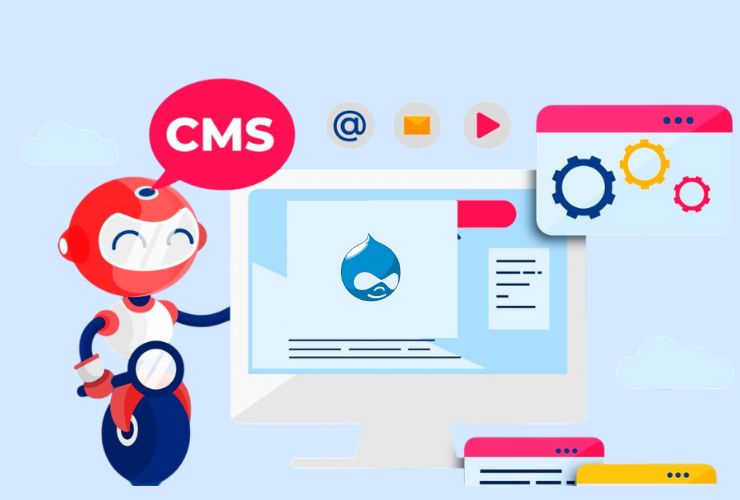For first-timers, customizing a Drupal site can be really quite overwhelming. But once the right tips and tricks come your way, creating your perfect unique and functional website just happens. Here is an uncomplicated guide to getting started with customizing your Drupal site.
1. Choosing a Right Theme
The look of your website is an important element of user experience. Start with a theme that fits in with your brand identity. Drupal has free and paid themes. You can even customize these themes to meet your specific needs.
2. Use Modules for Additional Functionality
Modules are one of the greatest strengths of Drupal. They expand your site’s functionality without requiring extensive coding knowledge. Some popular modules for beginners include:
- Views: Build custom lists and views of content.
- Pathauto: Automatically generate URL aliases for your content.
- Webform: Easily build forms to collect user feedback or other data.
3. Configure Your Content Types
You can have various types of contents such as articles, blog or product pages through Drupal. These can be customized depending on what the website’s intention is. For example, if the site happens to be an e-commerce one, it should allow adding fields of price, images of products, and their descriptions.
4. Setting User Permissions
Maintain site security and functionality with user roles and permissions management. Customize the user role to perform a specific activity, such as content edition or admin access. This assures users who are not authorized make minimal changes to your website.
5. Navigation Site End
The best user experience is accomplished by an easily understandable navigation system. You should have menus organized logically and use dropdowns for subcategories. To get around this, you could utilize the Menu Block module and build custom menus in regions on your site.
6. SEO Optimization
This means that SEO plays an important role in increasing visitors to your site. Apply the Metatag module in managing your website metadata, thereby enhancing your chances to get good rankings in a search engine. In addition to that, ensure proper heading and keywording of the structure.
7. Testing and Iteration
Once you’ve made your customizations, it’s essential to test your site thoroughly. Check for functionality, usability, and performance. Solicit feedback from users and make necessary adjustments to enhance the overall experience.
Conclusion
Customizing your Drupal site need not be intimidating. It is possible to create a specific website that meets your own needs and goals by applying these tips and tricks. Do not forget to venture into the vast resources existing in the Drupal community for further guidance and inspiration.














